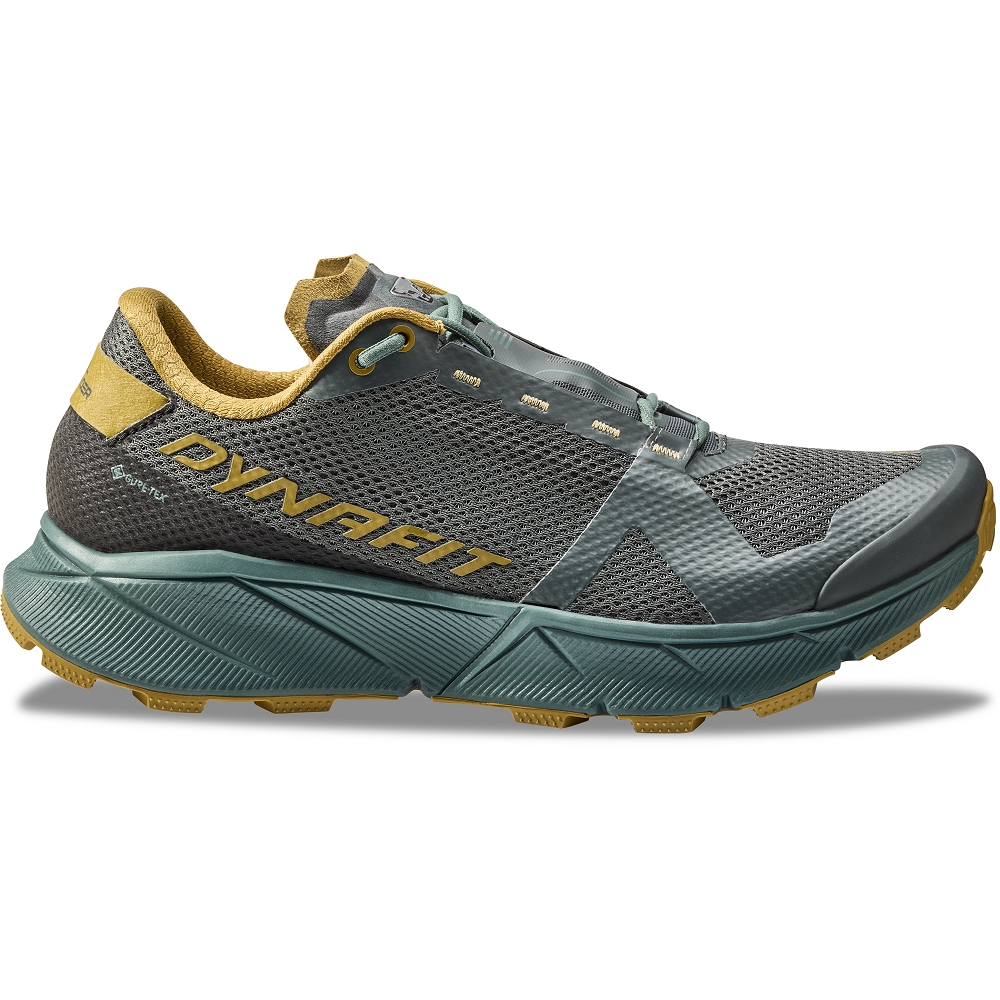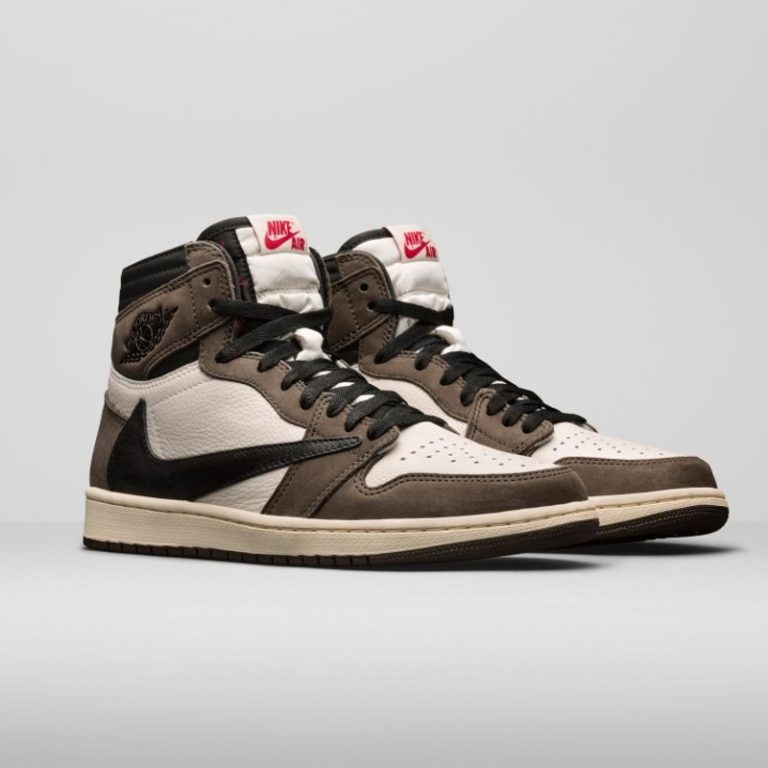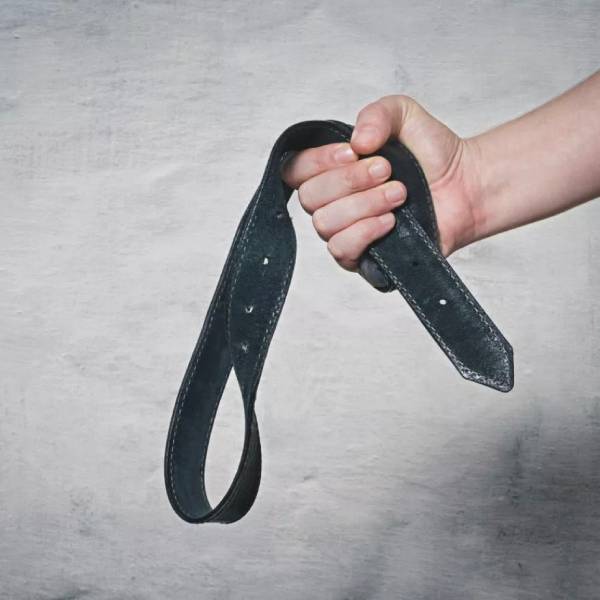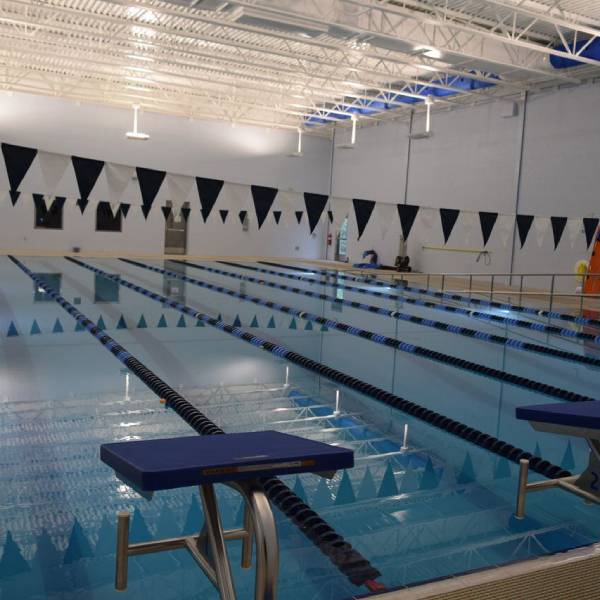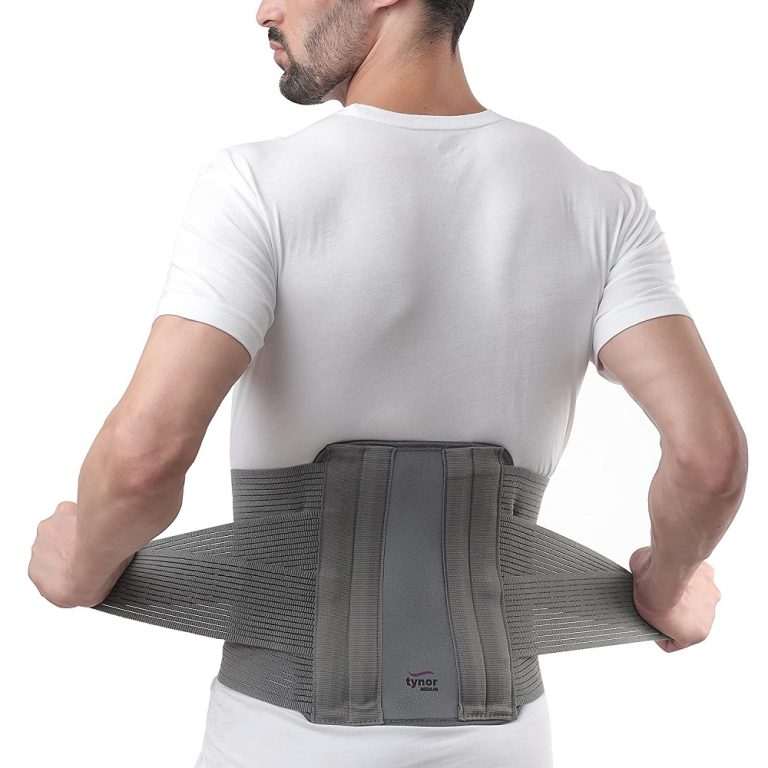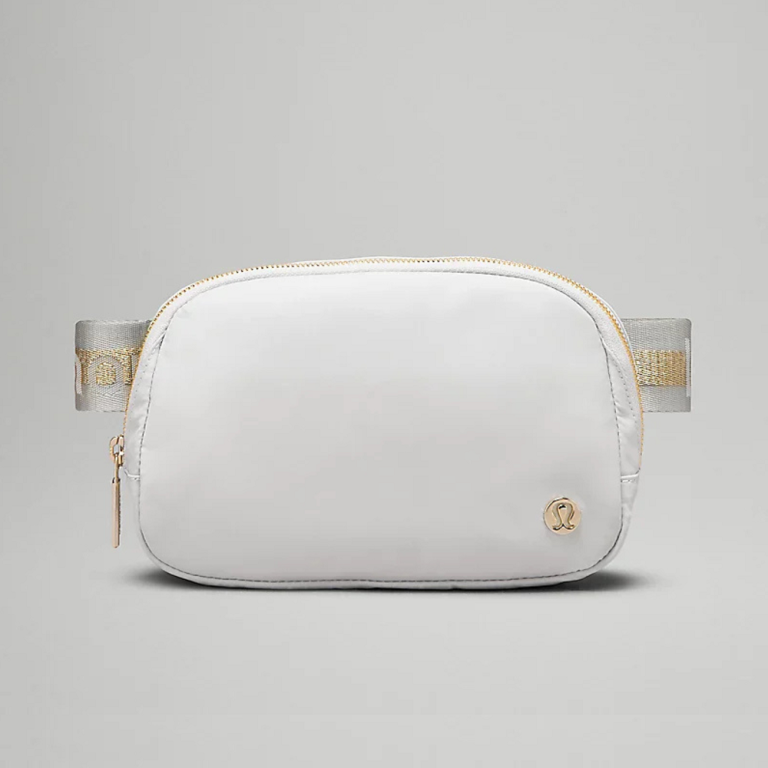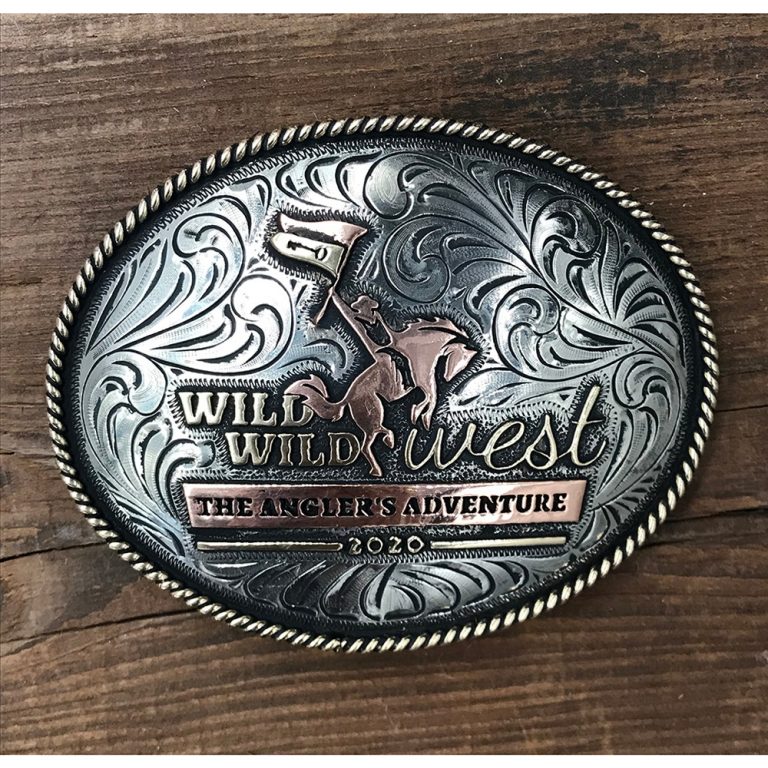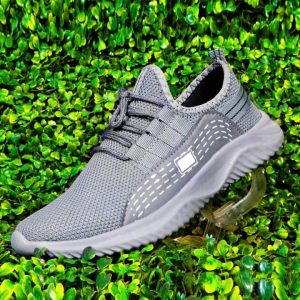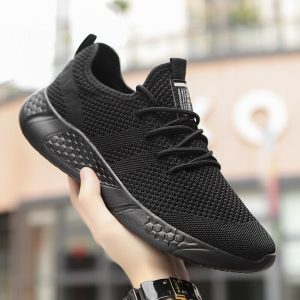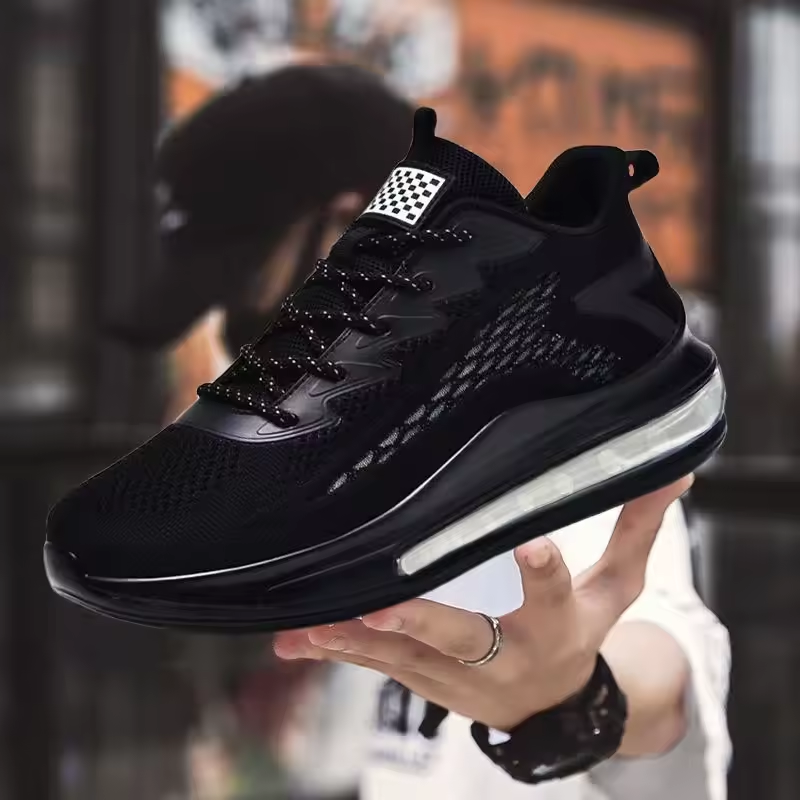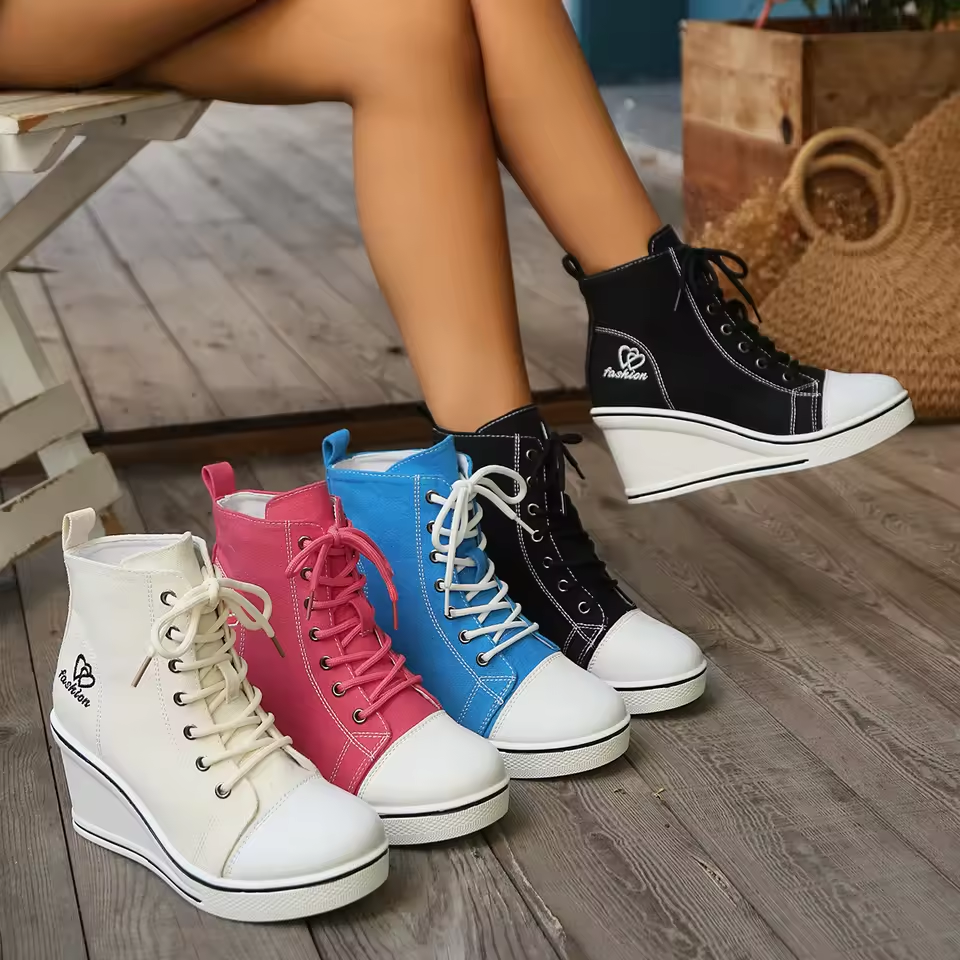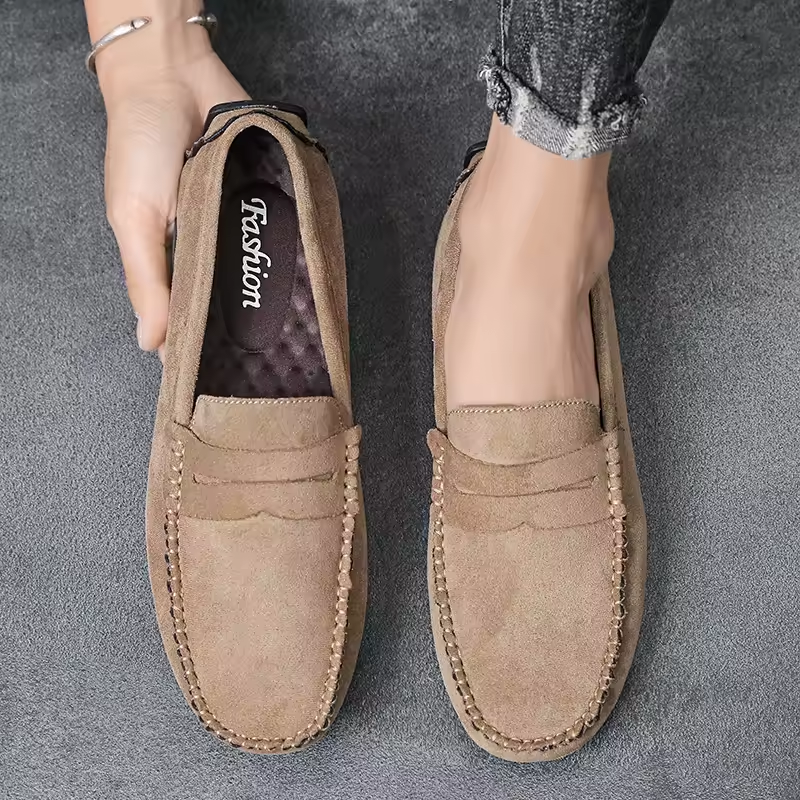Trail running shoes have gained popularity among hikers and outdoor enthusiasts for their lightweight design and superior traction. These shoes offer runners the flexibility and agility needed on uneven terrains while also providing the necessary support for long distances. Whether you’re running on a forest path, tackling rocky inclines, or tackling muddy trails, the right trail running shoes can significantly enhance your experience. This article discusses some of the best trail running shoes for hiking, highlighting their features, benefits, and how they balance support and agility.
Understanding Trail Running Shoes
What Makes Trail Running Shoes Different?
Trail running shoes are specifically designed for uneven and rugged terrains. Unlike traditional road running shoes, which typically prioritize cushioning and a smooth ride, trail running shoes offer additional features that enhance stability and grip. These shoes often have aggressive tread patterns that provide traction on various surfaces, whether wet, muddy, or rocky.
Another distinguishing feature is the shoe’s upper material. Trail running shoes frequently utilize durable and breathable fabrics that offer protection against debris and harsh elements. Reinforced toe caps are common, protecting your toes from rocks and roots that can easily cause injuries on the trail. For hikers seeking lightweight, versatile footwear, trail running shoes serve as an excellent alternative to heavy boots or high-top shoes.
Why Choose Trail Running Shoes for Hiking?
Choosing trail running shoes for hiking offers several benefits. Their lightweight design allows for quicker movements, making them ideal for fast-paced hikes or running on trails. Many runners appreciate the feeling of freedom that comes with lightweight footwear, particularly on undulating terrains.
Additionally, because trail running shoes provide adequate cushioning, they can help absorb shock during longer hikes. Many models also feature responsive midsole technology, which enhances energy return and reduces fatigue over time. This combination of agility and support ultimately allows hikers to enjoy the outdoors with greater comfort and efficiency.
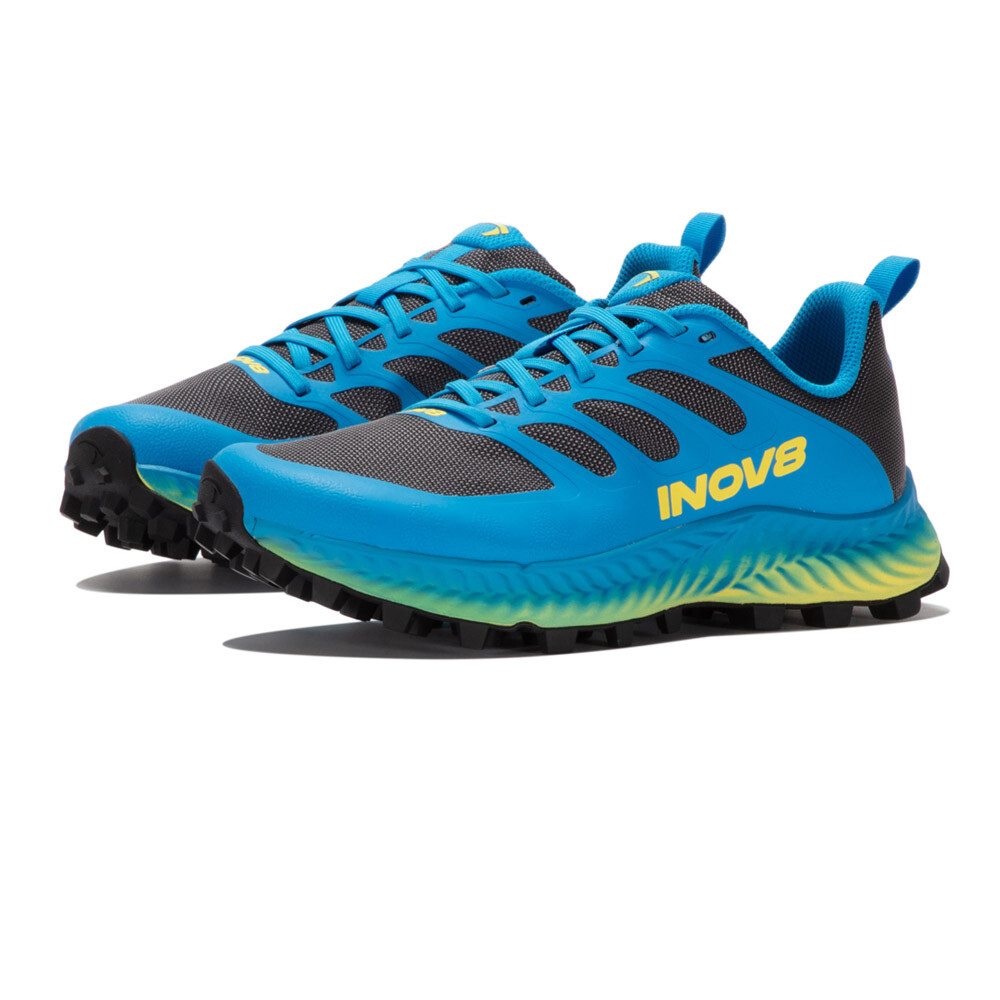
Top Trail Running Shoe Picks for Hiking
Salomon Speedcross 5
The Salomon Speedcross 5 stands out as one of the best trail running shoes for hiking. Known for its aggressive tread, the Speedcross 5 offers superior grip on muddy and uneven trails. The Contagrip outsole is designed with deep lugs that dig into soft ground, preventing slips and falls.
The shoe’s lightweight construction is complemented by a comfortable, padded collar that provides ankle support. Additionally, the Sensifit upper construction embraces the foot snugly, reducing the chance of debris entering the shoe. With a focus on stability, the Speedcross 5 combines agility and support, making it an ideal option for hikers who need reliability on challenging trails.
Hoka One One Speedgoat 4
Another excellent choice is the Hoka One One Speedgoat 4. This shoe is celebrated for its plush cushioning, which offers comfort on long hikes. The thick midsole helps absorb impact, ensuring that your feet feel supported even after hours of activity.
The Speedgoat 4 features an aggressive outsole with Vibram MegaGrip rubber for superior traction on both wet and dry surfaces. The shoe’s fit is wider than some competitors, allowing for excellent toe splay. This feature enhances stability, especially when navigating technical terrains or rocky paths. For those who prioritize comfort on longer treks, the Speedgoat 4 is an exceptional choice.
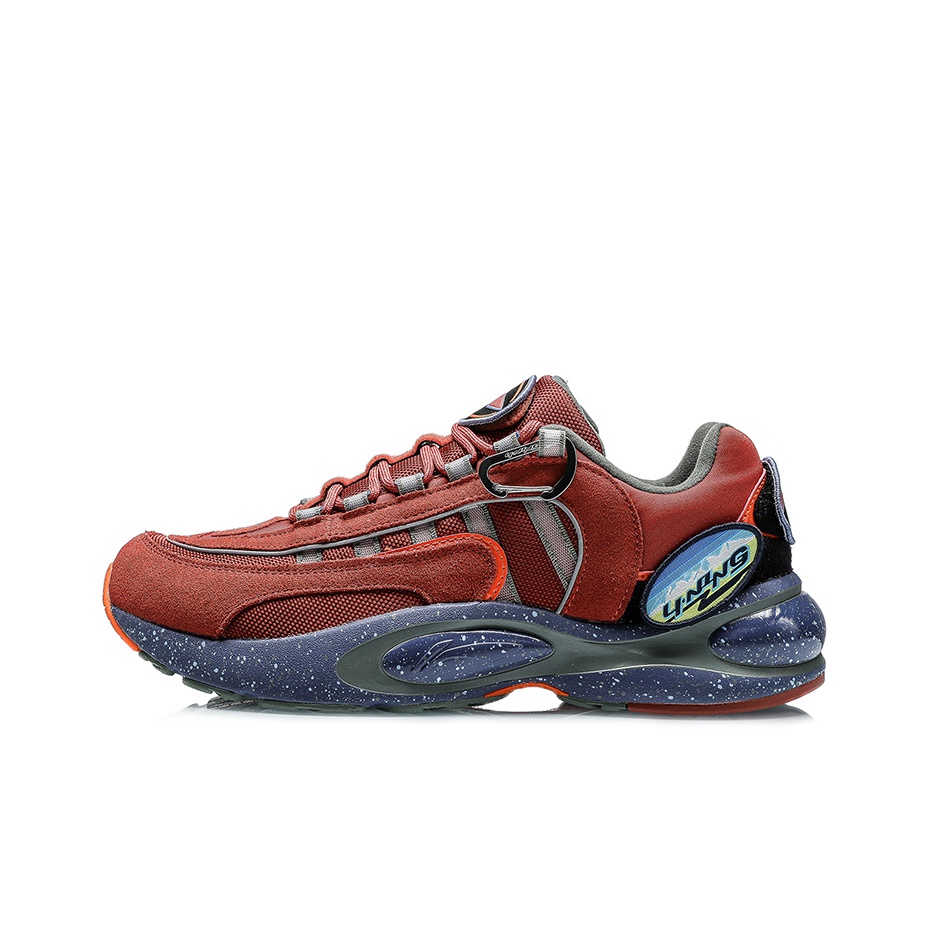
Performance Features to Consider
Cushioning for Comfort
When selecting trail running shoes for hiking, cushioning is a critical performance feature. Proper cushioning helps absorb the shock of hard surfaces, protecting your feet during long hikes. Shoes with responsive cushioning, such as those using EVA foam, provide a soft feel without sacrificing support.
Many shoes also feature a rock plate, which adds an additional layer of protection against sharp objects on the trail. A rock plate essentially acts as a shield, preventing stones or roots from causing discomfort. Shoes like the Speedgoat 4 incorporate these features, combining cushioning with protective elements for an enhanced experience.
Traction and Grip
Traction is essential when hiking on variable terrains. Look for trail running shoes with treads designed for grip. Shoes featuring deep lugs or multi-directional patterns will provide stability on downhill descents and prevent slipping on muddy or loose surfaces.
Vibram outsoles are often favored for their exceptional grip. A shoe like the Salomon Speedcross 5 offers aggressive lugs, making it one of the top choices for runners navigating through slippery or uneven paths. Ensuring your footwear has the appropriate traction will enhance your balance and confidence during hikes.
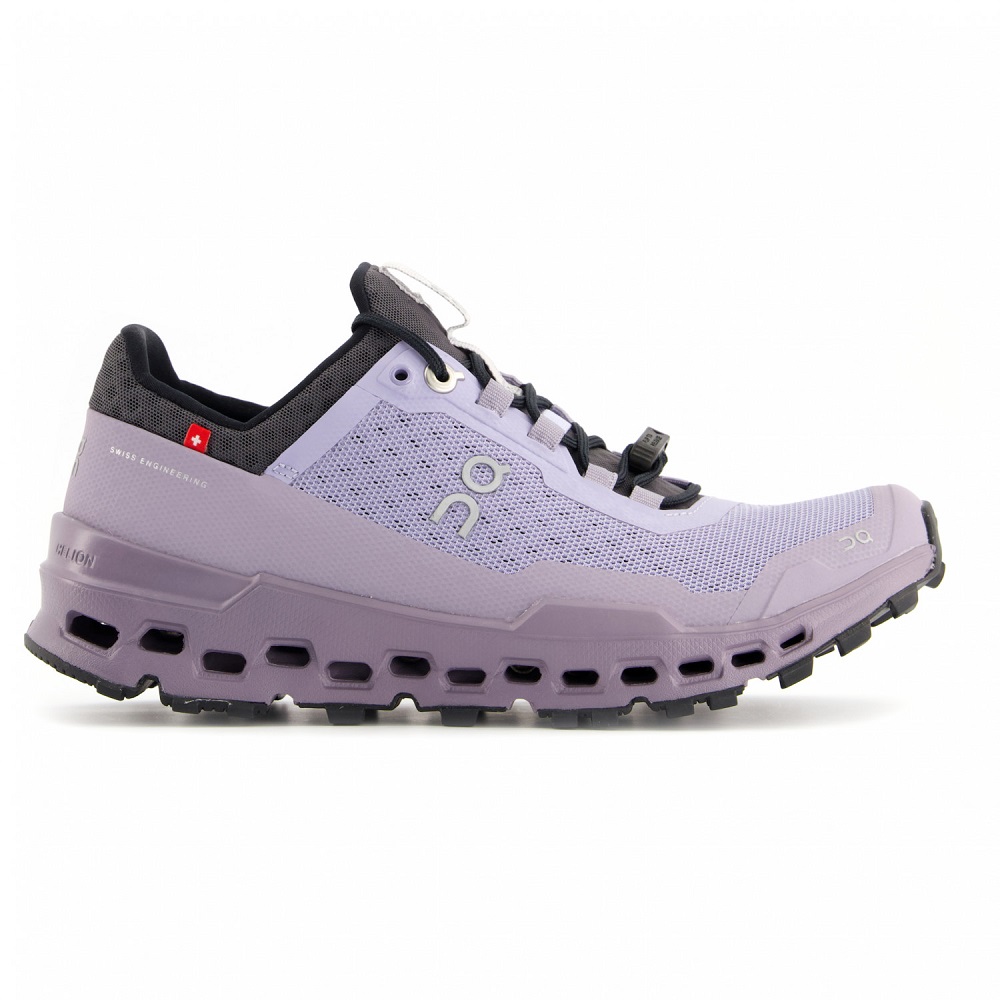
Fit and Comfort Considerations
Finding the Right Fit
Achieving the right fit is essential for maximizing your comfort on the trails. Trail running shoes should feel snug but not tight, with enough room at the toe box to allow for natural foot movement. When trying on shoes, ensure that there is about a thumb’s width of space between your longest toe and the front of the shoe. This allowance helps to prevent discomfort and blisters during lengthy hikes.
Additionally, consider the width of your foot and choose shoes that accommodate your size. Many brands offer different width options, ensuring that all runners can find a comfortable fit. Taking the time to find shoes that fit well will pay off in comfort and performance on the trails.
Importance of Breathability
Another key element to consider is breathability. Shoes constructed from breathable materials allow sweat and moisture to escape, keeping your feet cool and dry during hikes. Look for shoes featuring mesh uppers or moisture-wicking linings to enhance comfort while out on the trails.
Breathable shoes help prevent overheating and reduce the risk of blisters, particularly in warmer climates or during strenuous activities. This feature is often overlooked but can make a significant difference in your overall hiking experience. Brands like Hoka One One and Salomon often incorporate lightweight mesh materials into their designs, promoting ventilation in their shoes.

Durability for Long Adventures
Long-lasting Materials
When selecting trail running shoes for hiking, durability is a crucial consideration. These shoes must withstand the wear and tear associated with rugged outdoor conditions. Look for shoes made from high-quality, resilient materials that can endure the rigors of trail running and hiking.
Many trail running shoes utilize synthetic overlays that enhance durability in high-wear areas. Reinforced toe caps can protect against rocks and roots, while abrasion-resistant fabrics help keep your shoes looking new longer. Choosing durable shoes allows you to invest in quality gear that will serve you well over numerous hikes.
The Role of Lightweight Design
While durability is essential, a lightweight design is equally important for comfort. Many trail running shoes strive to strike a balance between weight and strength. Lightweight shoes reduce fatigue during long hikes, enabling you to cover more ground without feeling weighed down.
Shoes like the Hoka One One Speedgoat 4 exemplify this balance, as they incorporate lightweight materials without compromising on durability. Keeping the weight down will help you maintain agility, allowing you to navigate uncertain terrains with ease.
Value for Money
Cost vs. Performance
When investing in trail running shoes for hiking, it’s essential to consider the balance between cost and performance. High-quality shoes often come with a higher price tag, but the benefits in comfort, durability, and support far outweigh the initial investment. By prioritizing quality, you can minimize the risk of injuries and discomfort during your hikes.
Many brands offer a range of prices, so researching your options is key. Consider reading reviews and seeking recommendations from experienced hikers or runners. This process will help you find shoes that provide good value for your budget.
Warranty and Return Policies
Additionally, consider the warranty or return policy offered by the manufacturer. Warranty coverage can give you peace of mind regarding the durability of the shoes. A good policy allows you to return or exchange shoes if they do not meet your expectations. This flexibility is particularly valuable when purchasing trail running shoes, as finding the right fit and performance can be challenging.
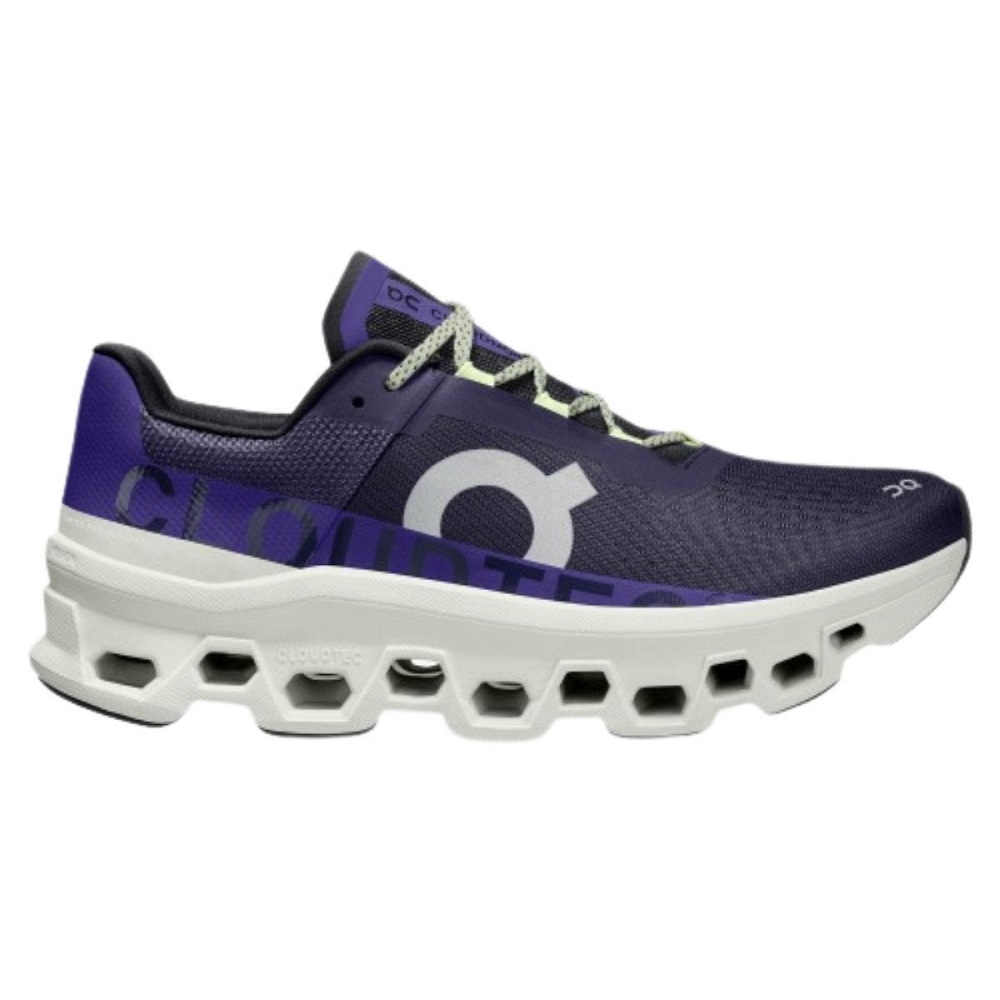
Choosing the Right Trail Running Shoes
Ultimately, selecting the best trail running shoes for hiking requires careful consideration of various factors. Think about your specific needs, including fit, cushioning, traction, and durability. The ideal shoe should provide the right balance of support and agility to tackle a variety of terrains.
Models like the Salomon Speedcross 5 and Hoka One One Speedgoat 4 exemplify the excellence trail running shoes can embody. They cater to a range of users, providing agility, stability, and long-lasting comfort. Whether you’re a seasoned trail runner or a casual hiker, the right shoes will enhance your outdoor adventures.
By investing the time to find the perfect pair, you can ensure that every hike is an enjoyable experience. Happy trails!
